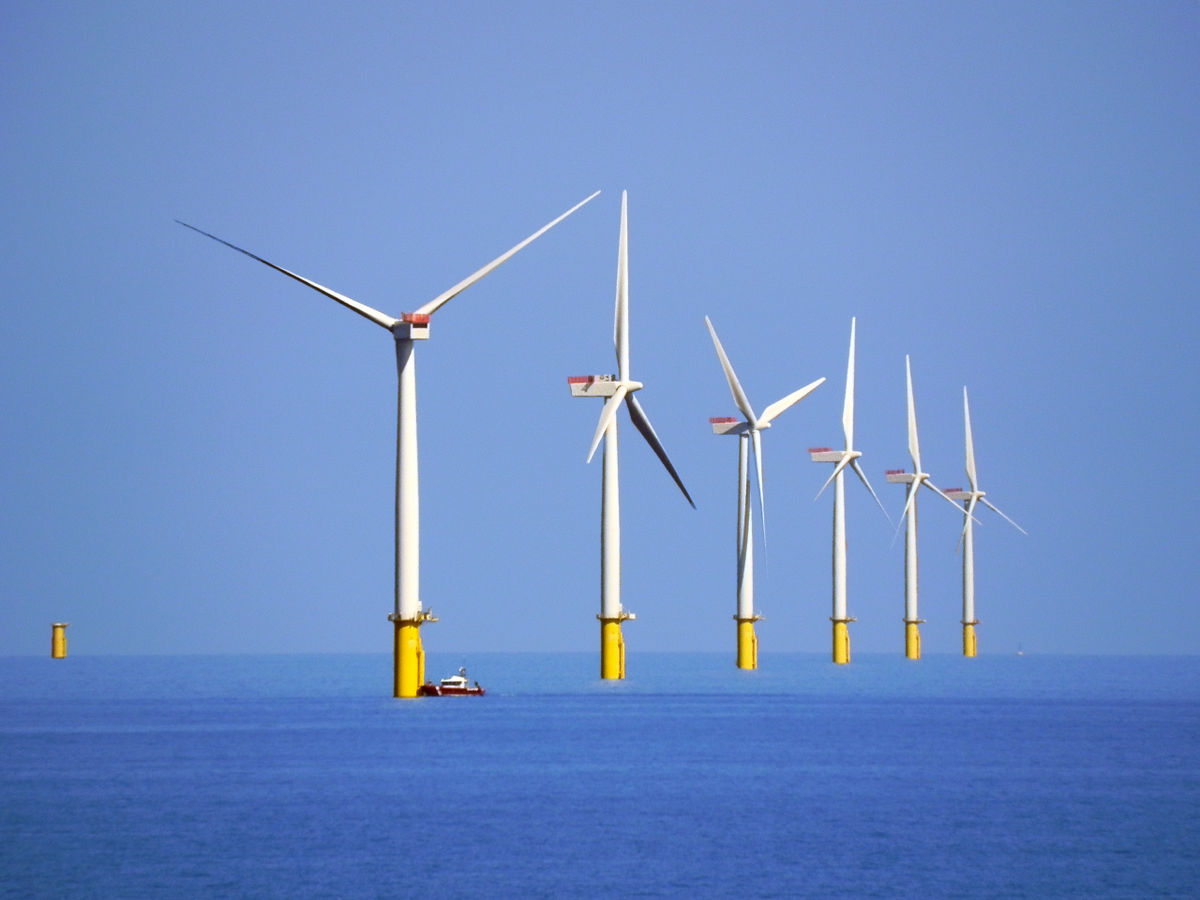
Last week, Greece’s parliament approved a law on the development of offshore wind energy, as the country aims to install at least 2 GW in offshore wind farms by 2030.
According to the law, sea areas offered for concession will firstly be approved by government ministries.
Speaking in Parliament on Friday, Environment and Energy Minister Kostas Skrekas clarified some of the criteria for the construction of offshore wind parks.
He said that projects should not have an adverse environmental impact, and special caution should be take with protected monuments. Furthermore, no problems undermining national defense should arise with sea transport during projects.
“This is how we will determine which…the areas where such investments can take place [are],” Skrekas said.
He added that concessions for offshore development sites will be awarded to companies offering the lowest cost. Before competition, candidates will be able to carry out wind measurements at selected locations. These are expected to take place within one to two years.
Fixed and floating offshore wind farms in Greece
Potentially suitable areas for bottom-fixed parks are considered to be near Northern Evia and off Alexandroupolis while floating wind farms are likely to be more suitable in the waters off the Cyclades islands, Dodecanese, Crete, and Karpathos.
Experts say that deep waters in Greece mean floating wind could be key for exploiting the offshore wind resource there.
Offshore wind initially developed as a bottom-fixed technology in Northern Europe—first in the North Sea and then in the Baltic Sea, where waters are shallow. Costs for bottom-fixed turbines are higher in deeper waters, such as in the Mediterranean, but floating wind offers new perspectives.
There is currently 62 MW of floating offshore wind in Europe, including the 30 MW Hywind wind farm in Scotland and the 25 MW WindFloat Atlantic wind farm in Portugal, now fully operational.
Offshore wind energy “key role in helping Greece become carbon neutral by 2050”
A recent study by research think-tank ELIAMEP said that offshore wind energy can play a key role in helping Greece become carbon neutral by 2050.
A hypothetical floating offshore wind farm of 495MW energy capacity located at an average ten-kilometer distance from the shore and 250 meter water depth is expected to require an investment of almost €1 billion over its lifetime.
This farm can create around two million MWh annually over 25 years, covering around four percent of Greece’s annual energy demand and reducing CO2 emissions by 1.5 million tons, ELIAMEP concluded.
It was added that as long as appropriate compensation mechanisms are put in place, offshore wind power can be beneficial for local communities, which may often be resistant to developments in their area due to the visual disamenity associated with wind farms and the risk of negative impacts on the local environment.
ELIAMEP estimated the annual welfare loss—and hence required compensation —to local residents to be around €2,500 per person.
This compensation could take the form of private compensation, such as the provision of energy at lower prices, or public compensation, such as the provision of local public goods (infrastructure development or maintenance of cultural heritage).
See all the latest news from Greece and the world at Greekreporter.com. Contact our newsroom to report an update or send your story, photos and videos. Follow GR on Google News and subscribe here to our daily email!



